Advertisement
Boston Ballet Moves Forward With A Sure Step
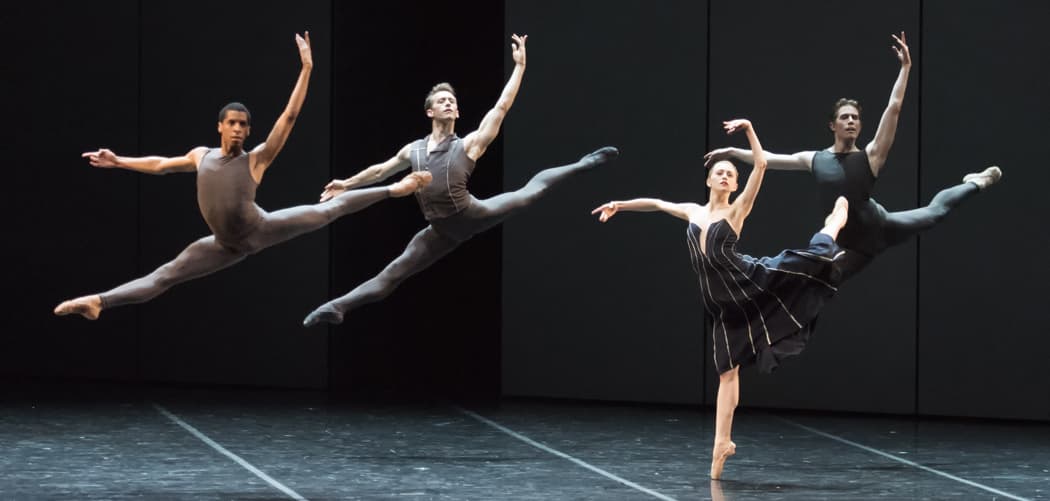
There was a time not very long ago when survival was the sole ambition of the Boston Ballet. Not so anymore. The fourth-largest ballet company in the United States has just finished a record-breaking season and announced projects and collaborations for the next five years.
Artistic Director Mikko Nissinen has spent the past 15 years resuscitating a seriously distressed troupe and reconstituting it to the point where he can confidently say “My basic ambition with the Boston Ballet is to be relevant … and to be the ballet company of the future.”
If that sounds to you like boilerplate leadership optimism, consider this: The company is breaking records for attendance at the Opera House, beautifully dancing varied and interesting works and expanding its company size and budget. In 2001, Nissinen took over an ailing company of 54 dancers (11 of them in Boston Ballet II) and an annual budget of just under $20 million. This year’s budget tops $33 million, with 66 dancers (eight of them in Boston Ballet II).
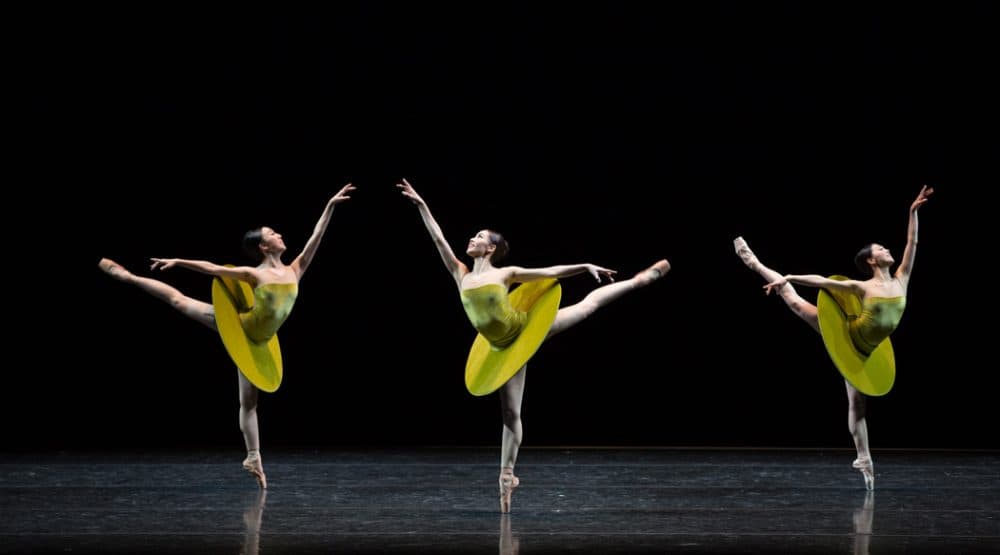
Entering its 53rd season, the relevance and future of the Boston Ballet is now in center stage focus, with two recent announcements to entice its audience. One is a new work (for 2017-'18) by Wayne McGregor, to be shared with McGregor’s home company, The Royal Ballet. And the other is a five-year partnership with the internationally celebrated New Yorker William Forsythe, whom Boston audiences know from five of his works added to the repertory since 1989. A new Forsythe ballet will be shown each year; next season brings the two-hour “Artifact” to the Opera House stage. It was the first piece Forsythe created for the German troupe Ballett Frankfurt when he became its director in 1984.
“Forsythe is — for me it’s great art, but it’s also really ballet, deconstructing ballet in the most fascinating manner,” Nissinen told me in a recent phone interview. “I got to dance some of his works in my own career, and it changed me, made me a much better dancer.
“Dancers become different after working with him.” Nissinen continued. “They will become better dancers not only in his works but in everything else. And that is one of the things that’s so exciting for me. By the end of this partnership we’ll have the largest Forsythe repertory in North America by far.
Here is the Dutch National Ballet dancing a portion of William Forsythe's "The Second Detail":
This may be a very good thing all around. A revitalized ballet company benefits from association with a world-class choreographer. And the overworked 66-year-old Forsythe can move at a more reasonable pace. In 2014 The New York Times reported that Forsythe “…became seriously ill with multiple stress-related disorders and was ordered by his doctor to take a medical leave. ‘I realized without a more permanent change, there would be real consequences,’ he said. ‘I ran the Frankfurt Ballet for 20 years, another 10 with the Forsythe Company, and it has been 24/7. … Burnout is a very real phenomenon.’ ”
And there’s expanded potential for the company in becoming a Forsythe depository and working archive: It may become more marketable for touring.
“William Forsythe is such a household name, presenters will be interested in his work,” Nissinen said. “Unfortunately we have not toured New England much. We have toured London, Washington, Spain, Korea, and I’d like to add Forsythe work to future tours.”
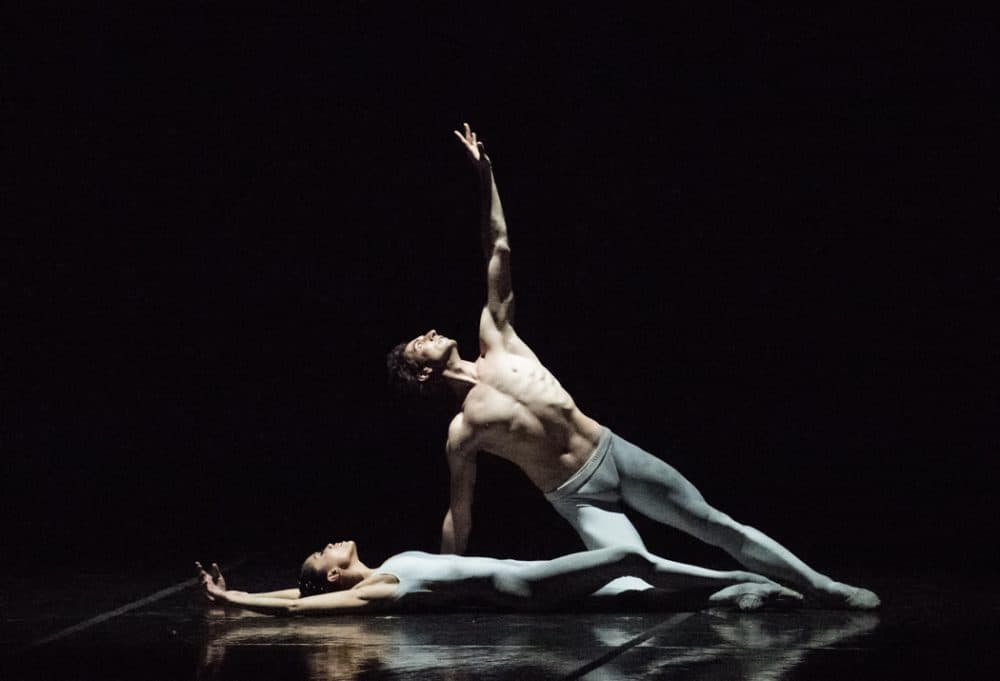
This year’s season closer was a repertory program with works by José Martinez, Norbert Vesak, Yury Yanowsky and Karole Armitage, a longtime A-list choreographer.
In a recent phone interview, Armitage gave her assessment of the company: “I think it’s doing a wonderful job of really taking on being the museum of dance for Boston, as well as the place of innovation and new ideas that are happening in the dance world today. And that’s what very few companies are able to do. Paris Opera is able to do it, but they have three times as many dancers. New York is a very different situation because you have a whole spectrum of companies and no one has to fill all those different roles.
“But in a place like Boston I think it’s absolutely critical to fill all those three roles,” Armitage explained. “You know, to be a museum for the classical, for the neo-classical for important developments in the 20th century, as well as contemporary work. So that is their niche, and there aren’t many companies that are able to do it. I think Boston Ballet is the best example of that in the U.S. because Mikko has reached out to today’s most creative voices.”
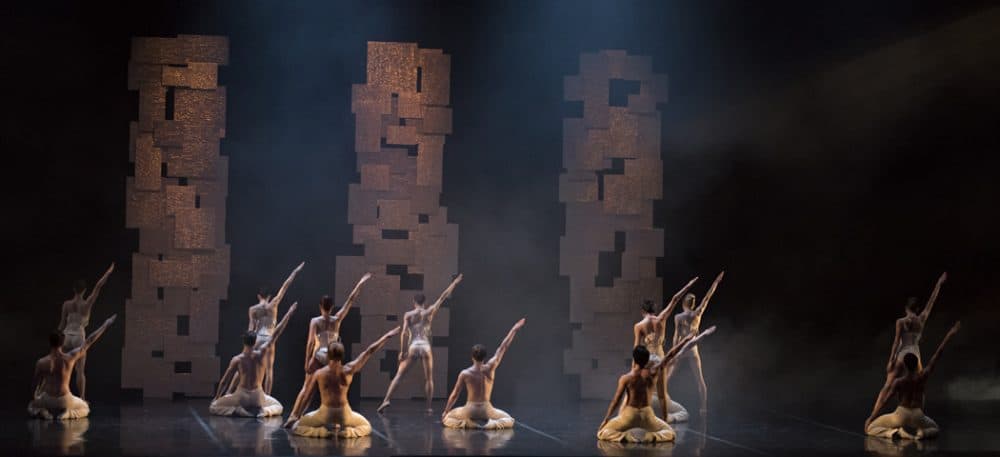
Nissinen described his joy in assembling programs, showing a contrast between the academic classical ballet, neoclassical and contemporary dance. “Curating the art form and trying to build bridges to today’s people and being able to give life to projects,” Nissinen elaborated. “To a partnership with Forsythe. A tour to Lincoln Center. A tour to London. And on a regular basis expose the audiences to eureka moments. We all have seen so much, and yet there’s always something new to see in the world. If you can see something you didn’t know existed and it really touches you, it’s like new love. Those are the moments that are the greatest fun.”
The company has dealt gracefully with moments that are not much fun as well. An onstage injury at a recent matinee of “Swan Lake” was a little test of what you might call the troupe’s emergency system.
“[A dancer] got hurt doing her solo,” Nissinen told me. “It looked like some kind of foot injury, and she had to leave the stage. The orchestra played to the end of the solo and artists on stage stood up and created a little mime scene, and ... by the time for the coda there was another dancer in costume who took her place.”
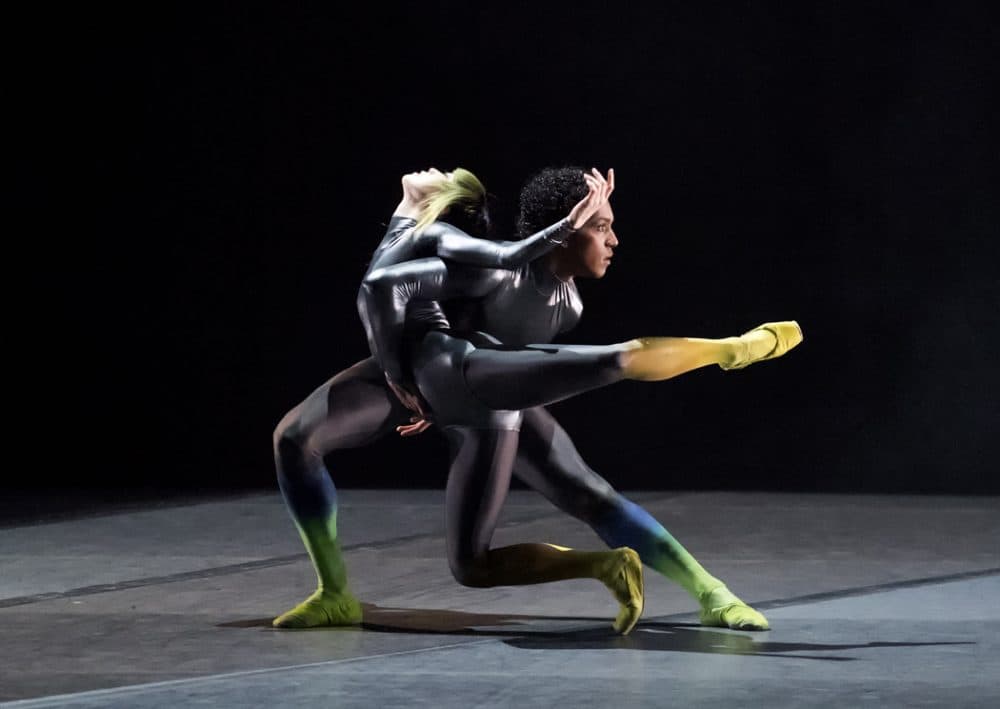
Nissinen is justifiably proud of the speed and success of the company response to what could have been a real-time disaster. “The dancers and staff were extremely fast to coordinate what was going to take place, and that’s what happened. Rule number one is ‘the show must go on.’”
That’s a simple phrase, and a confident one. May the Boston Ballet’s show go on, with a new archive of William Forsythe dances, a new Wayne McGregor ballet and — may we hope? — more works by women, certainly works created by stars of the caliber of Karole Armitage, and even by women who are far less familiar on the world stage.
